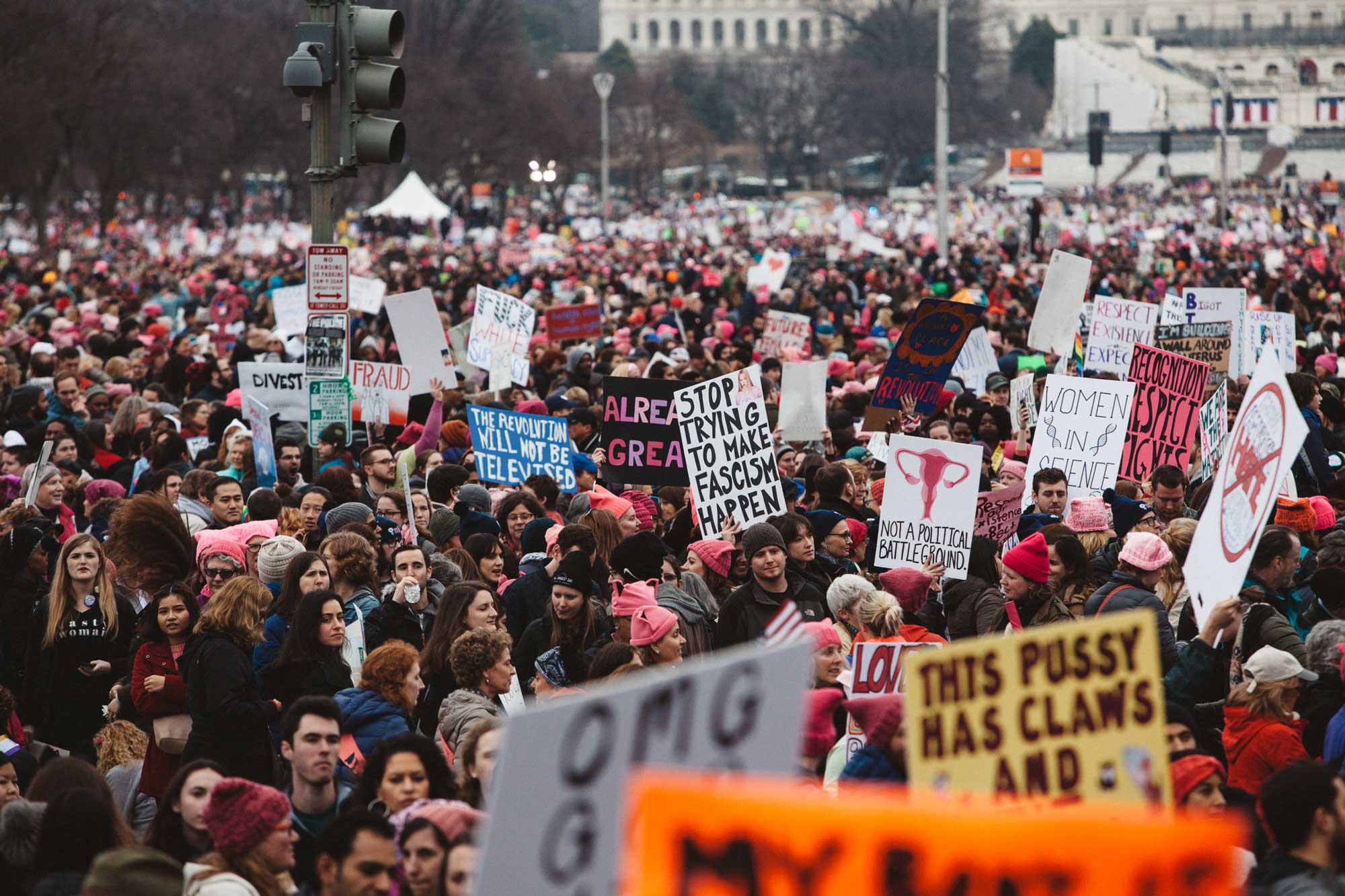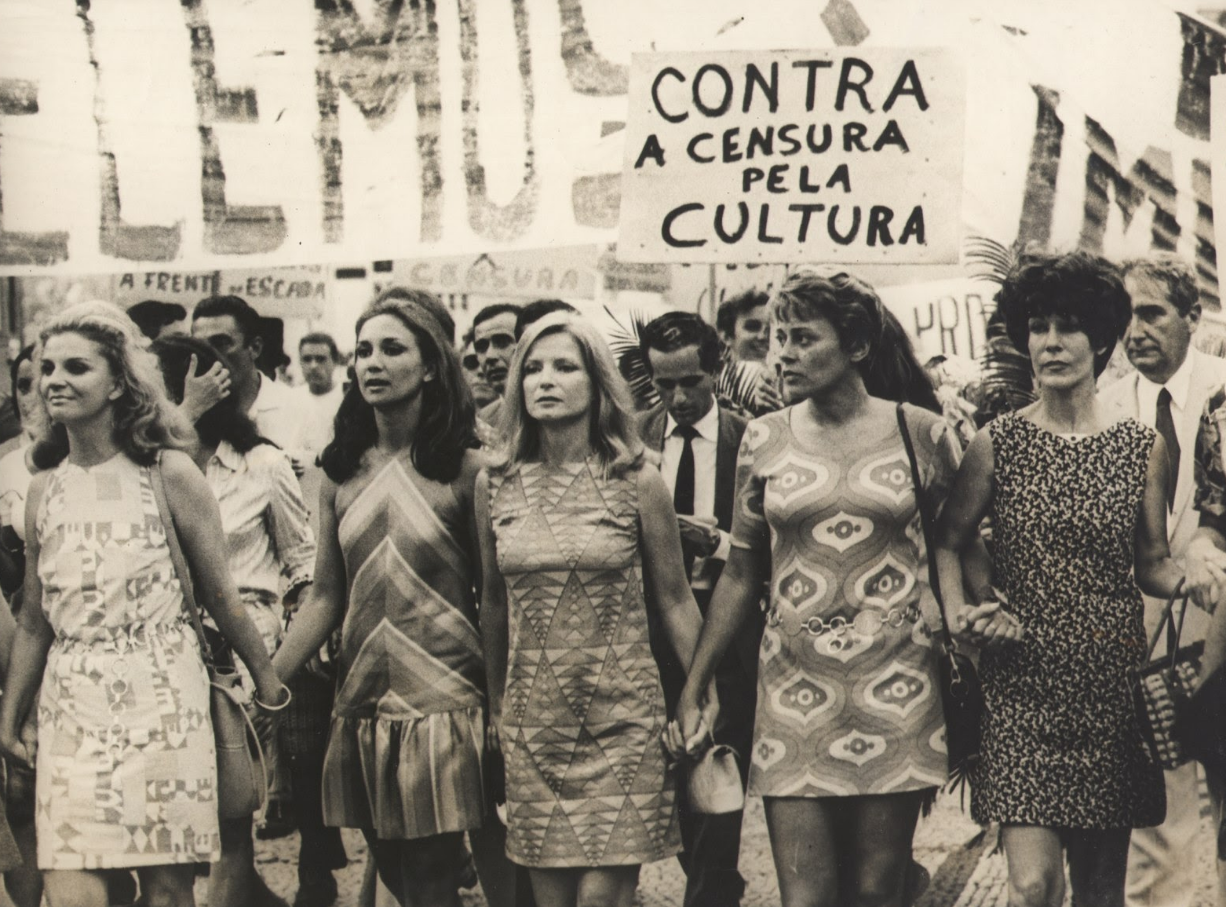From the inception of our country, protest, defined by the Merriam Webster Dictionary as “a solemn declaration of opinion and usually of dissent,” has played a role in how citizens can voice concerns and draw a government’s attention to particular issues. In times of discontent, people have turned to protests to voice their opposition toward government legislation. From the boycotts on tea in this very city three hundred years ago, to the civil rights movement across the nation, to Vietnam, to Black Lives Matter, and to Standing Rock and the Women’s March, our country’s history and social progress have been inextricably tied to the declarations of the masses. However, in the face of a new administration that seems to have set an agenda that not only leaves little room for discussion but is directly working against the will of recent demonstrations, the biggest challenge for activists will be discovering effective ways in which both their voice and their protests can yield beneficial and productive outcomes.
Over the course of his short time as president, Trump’s executive orders seem to present policy that large swaths of citizens have openly rallied and protested against over the past year.[1] With these aggressive actions in the first months of his presidency, he sparks questions on how public opinions might be received and how protests might be evaluated under his new administration.
Looking back at the past year and a half, one of the biggest protests that our country has seen and still continues to see is the Standing Rock Protest that has taken place predominantly in North Dakota at the Standing Rock Sioux Reservation and stretched to the Missouri River, the Mississippi River, South Dakota, Illinois, and Iowa. The protesters’ main mission was to prevent the pipeline’s potential contamination of their main water sources by stopping the construction of the pipe in the region.[2] After protests that started in early April of 2016 persisted into December of the same year, the U.S. Army Corps of Engineers stated that they would not be granting easement for the Dakota Access Pipeline, a decision which would allow the federal government to use the land while the legal ownership would remain with the tribe. They declared their intent to start conducting a full environmental study of the disputed area and to review alternative routes for the pipeline.[3][4] What started as a small gathering of citizens with little initial media coverage transformed into a full-fledged, nationally recognized, and successful movement due to the persistence and determination of the protesters. With the constant stream of coverage and media pressure over the course of 2016, along with litigation tactics that took the issue to court, the Standing Rock Protests gained traction and achieved federal recognition in the form of the Obama administration blocking the path of the pipeline.[5][6] This gave them a platform to defend their argument and convince people that collective action could bring about real change.
However, during Trump’s first days in office he signed an executive order to revive both the Dakota Access Pipeline and the Keystone Pipeline with no public acknowledgment of the voices of the thousands of protesters over the course of the previous year.[7] The U.S. Army Corps had originally delayed the creation of the pipeline for the purpose of environmental inquiries, and now they have been pressured to expedite their research and to allow the construction of the pipeline before their studies are complete.[8] Despite drawing thousands of people all over the country and finally having conversations with key actors involved in the pipeline’s construction, the Standing Rock Protest has lost its position on the new political agenda to the prioritization of business in the region along with, possibly, Trump’s desire to revoke Obama administration decisions.[9] Moreover, Trump’s order approving these pipelines illustrates that the protests, despite their prolonged and engaged period of action, did not have a lasting impact on the agenda of the new administration. This leaves the American citizen wondering: What can I do to push my principles under an administration that prioritizes corporate interests?
Similarly, the Women’s March that took place on the first full day of Trump’s presidency, according to crowd scientists, drew nearly three times as many people as did the previous day’s inauguration.[10] These demonstrations also didn’t stop at U.S. borders, expanding globally to almost every continent. The marchers’ arguments focused on a wide breadth of issues from Donald Trump’s election to environmental issues, but the loudest and most widespread arguments centered around protecting women’s rights.[11] When within 48 hours of the protests the President signed an executive order that reinstated the global gag rule — taking funding away from any global organization that discussed abortion as a family planning method — the administration seemed to send a clear message: You can march all you want, but look who has the power to actually change things.[12] Despite the nationwide enthusiasm and peaceful demonstration, the executive order suggested that their protests, intended to defend their values, were not effective enough to change an administration’s anti-abortion agenda. It put forth the idea that, on top of these protests, citizens must create a strong, longstanding plan to continue to effectively put pressure on this new administration if constructive change is to be achieved.
In previous administrations, similar events have happened. During the George W. Bush administration, the invasion of Iraq brought on the Rome anti-war protest on February 15, 2003 that drew possibly the largest crowd of demonstrators in world history.[13] Despite the fact that the Rome protests focused on acts of conflict and the main protests of the Trump administration have had a civil focus, there are similarities between the Bush administration’s disregard toward this outcry, as it began one of the most controversial conflicts in recent history, and that of the Trump administration’s response to recent protests. Examples under recent, and particularly Republican, administrations seem to show that protesting alone, while invigorating in the short term, does little in the long run to effectively influence governmental decisions. With the Trump administration in full swing, activists must bolster protests with alternative methods of advocacy in order to break the anti-protest pattern historically seen under Republican leadership.
So what does this mean for activism and protest? From only the first few weeks of his presidency it looks as though Trump either does not see value in protests, or he directly chooses to ignore the people’s voice when implementing his legislative agenda. Either way, the very way change is made in our country is changing, and we as active citizens must evaluate this shift while deciding our next moves. Protesting for our country has always been a method used to raise the voice of the common man against controversial agendas. However, for the next four years, could protesting be enough to implement the change we actually want to see? A voice is just that — a voice — when it is not followed up with definitive action and long term goals. Social justice groups, alongside their protests, must look for windows of opportunity that arise from both current events and collaboration with policy makers in order to enact concrete change in their areas of interest.
If activists hope to manifest their long term goals, they must also look at the political hand they have been dealt and take the administration’s agenda into account in order to find the most effective angles to persuade legislators and politicians to amplify that voice.
During his inaugural address, Trump stated that with his election, “We are not merely transferring power from one administration to another, or from one party to another — but we are transferring power from Washington, D.C. and giving it back to you, the American People.”[14] With this said, over the coming months we will watch to see if he sticks to this promise, and we as those citizens must attempt to hold him accountable to that promise. Whether through traditional rallies or new, alternative methods of combating controversial legislation, we must implement our voice where it is heard the loudest and apply tactics that make it impossible for the new administration to ignore our protests.
Sources
[1] “Following Women’s Marches, Republicans Target Reproductive Rights.” MSNBC, January 25, 2017.
[2] “Stand with Standing Rock.” Stand With Standing Rock. Accessed March 23, 2017.
[3] Ryan, Ms Meghan. “Easement.” LII / Legal Information Institute, September 23, 2009.
[4] Revkin, Andrew C. “Facing Standing Rock Campaign, Obama Administration Blocks Dakota Pipeline Path.” Dot Earth Blog, 1480894701.
[5] “What to Know About the Dakota Access Pipeline Protests.” Time. Accessed March 23, 2017.
[6] Revkin, Andrew C. “Facing Standing Rock Campaign, Obama Administration Blocks Dakota Pipeline Path.” Dot Earth Blog, 1480894701.
[7] “List of Trump’s Executive Orders.” Text.Article. FoxNews.com, March 7, 2017
[8] “Senator: Army Corps Told to Approve Dakota Pipeline Easement.” The New York Times, January 31, 2017.
[9] Baker, Peter, and Coral Davenport. “Trump Revives Keystone Pipeline Rejected by Obama.” The New York Times, January 24, 2017.
[10] Wallace, Tim, and Alicia Parlapiano. “Crowd Scientists Say Women’s March in Washington Had 3 Times as Many People as Trump’s Inauguration.” The New York Times, January 22, 2017.
[11] “Protesters Prepare For Women’s March After Trump’s Inauguration.” NPR.org. Accessed March 23, 2017
[12] Schwartz, Felicia. “Donald Trump Reinstates Antiabortion Policy for Overseas Groups.” Wall Street Journal, January 23, 2017, sec. Politics.
[13] Chan, Sue. “Massive Anti-War Outpouring.” CBS, Accessed March 23, 2017.
[14] “Inaugural Address: Trump’s Full Speech.” CNN. Accessed March 23, 2017.



